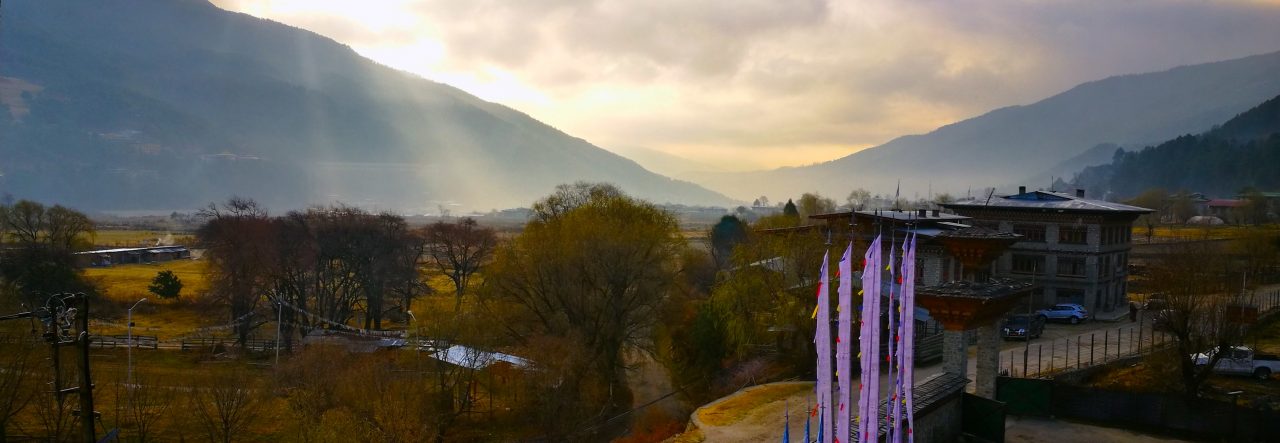As cases of Covid-19 still rise in Thimphu and in Paro, a long lockdown awaits us, followed by the eventual reopening with strict health protocols aimed at preventing the resurgence. It is common knowledge now that wearing face masks, frequent hand-washing, and social distancing are the desired behavioural practices in people to stop the spread of the virus. Vaccines, although have been developed, are still a distant dream for us. It will be 2022 by the time an adequate percentage of the population is vaccinated to achieve the so-called herd immunity. For now, personal behaviours and responsibility seem to be the only way out.
One can observe that the use of face masks and the practice of hand-washing have picked up among the Bhutanese population. Any media and communication messages aimed at changing social behaviours take time. The successful adoption of hand-washing didn’t happen overnight. It can be attributed to consistent communications messages issued in the past by agencies like UNICEF and Health Ministry.
The third recommendation of social distancing has, however, completely caught us off guard. It is very new, and more interestingly, it is also against the accepted cultural norm of close social interactions that we maintain as people and as society – physically and emotionally. And thus, it has failed to catch on so far in Bhutan. This social phenomenon can be explained through the concepts of contact and noncontact cultures – proposed by anthropologist Edward T Hall in his seminal work, The Hidden Dimension.
According to Hall’s hypothesis, every society or culture practices an unwritten social rule called the personal space. An individual, when in public spaces such as markets or streets, subconsciously considers a small circular space around him or her as the personal space. If a stranger enters that space by being too close, one feels the personal space to be breached – unless, of course, the stranger enjoys an intimate relationship with the person. In other words, if I am standing in Norzin Lam and a stranger walks up and stands too close to me, I feel uneasy and my natural tendency would be to walk a few steps further and recreate that personal space again.
The average distance of the personal space depends on a culture and the society. As a general thumb rule, the physical distance in Asian and South American societies is less than a meter. In western cultures, it is more than 1.5 meters. Furthermore, in Bhutan, where we grow up in congested hostels rooms in boarding schools and queue up during school morning assemblies, where we almost squeeze against each other, the social distance or the personal space is close to zero. The long-term impact is then evident when we grow up and queue up to pay a bill at Bhutan Power or a bank and where the next person behind you is almost over you. In the US, if you do that, you could get arrested.
Everything about zero or close personal distance is not bad either. In fact it isn’t bad at all. It explains why our families and communities are emotionally close – and why we share everything from food to personal possessions to public spaces. There is a less possessive mindset of what is yours and what is mine. Even when we talk, we refer to our distant nieces and nephews or grandnephews as our children or our family. This impersonal attitude to private property also explains why Bhutanese have less hang-ups, or respect for intellectual property – another western invention. We tend to share everything – including songs, writings or an artistic piece. The close physical and emotional proximity is also the reason why Bhutanese feel closer to each other than say, nationalities of western countries. In Prem International School, an upscale boarding school in Thailand, Bhutanese students have been noticed to be closer to each other as compared to children from other nations. It also explain why we love games like archery – played in traditional style, while not securing anything in the Olympic Archery. And finally, why annual lochoes are still popular. To ask the people to socially-distance, then, is to imply that this is all wrong, which Bhutanese people will reject subconsciously.
Therefore, coming to the question: will the social distancing rule succeed in Bhutan? I think one can already deduce the answer based on what I have just elaborated. As a social science student I have some reservations on its imposition for short-term objectives, but if the government really wants to pursue this to curb the spread of the coronavirus, then it must do more than put out a lukewarm one-liner message to “practice social distancing”.
It is more likely that many won’t listen.

